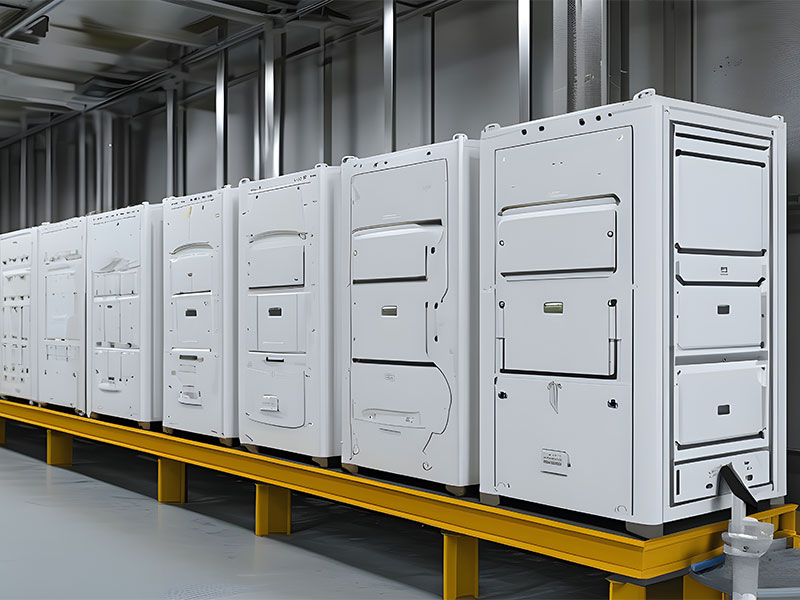
Grid operators need MW-scale storage that can shift renewable power for 4–12 hours without capacity fade. Vanadium redox flow batteries (VRFBs) answer with independent power/energy scaling and >20-year calendar life, but only if every watt reaches the stacks through corrosion-proof, gas-tight and low-resistance hardware.
Carbon turns liquid electrons into solid current. Impermeable graphite bipolar plates distribute electrolyte across half-cells while carrying >5 kA m⁻² and resisting 2 M sulfuric/vanadium soup at 40–60 °C. Flexible carbon felt electrodes provide a 3-D scaffold where V²⁺/V⁵⁺ couples react without metal dissolution. Lightweight, chemically quiet and thermally matched, these carbon components let stacks run longer, cooler and cheaper.
From gas-tight graphite bipolar plates to compression-moulded carbon felts, Harog Technology delivers the carbon architecture that converts vanadium chemistry into grid-scale certainty—helping flow batteries store sun and wind today and release them tomorrow.